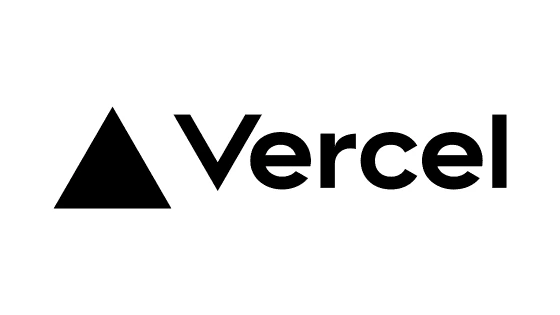Second Post: Integrating Vercel and Stripe
Welcome Back to My Dev Blog!
Hello World! This is actually my second blog post, and I’m excited to share what I’ve been learning recently! In my first post, I shared a bit about who I am and what this blog is going to be about. Now, I’ve been diving deeper into web development and learning how to integrate Vercel for deployment and Stripe for payment processing in my projects.
What I’ve Been Working On
For this post, I want to talk about my experience setting up Vercel and Stripe in my latest web store project.
&

Why Vercel?
I decided to use Vercel because it’s an excellent platform for deploying and hosting static sites and web apps built with frameworks like Next.js, which I’m using in my store. It’s super easy to connect your GitHub repository to Vercel, and every time I push updates to my preview branch, it automatically deploys. It’s hands-off deployment that lets me focus on coding.
Stripe Integration for Payments
For the payment side of things, I integrated Stripe into my store to handle secure payments. It was a bit challenging at first, but Stripe’s documentation is incredibly helpful. I’ve learned a lot about how to create products, handle payment intents, and manage customer data, which is crucial for any e-commerce site. Stripe offers easy-to-use APIs that I’ve been experimenting with, and I’m looking forward to testing out more advanced features like subscriptions and invoicing in the future.
The Learning Process
While setting up both Vercel and Stripe was a little overwhelming at first, it’s been an amazing learning experience. I’ve encountered some challenges with configuring environment variables for the production environment on Vercel, but I’ve learned how to manage different branches for testing and preview purposes before pushing anything to production. It’s been great seeing my updates live so quickly.
What’s Next?
Now that I have the basic deployment and payment systems in place, I’ll be working on adding more features to my store, such as:
- Customizing the Storefront – Making the frontend visually appealing with styling.
- Handling Taxes – Integrating Stripe Tax for region-based tax calculation.
- Adding User Registration – Allowing customers to create accounts and track their orders.
I’m really excited about the next steps and will share more updates soon. Stay tuned for future posts where I’ll dive deeper into these features!
Thanks for reading my second post! 🚀